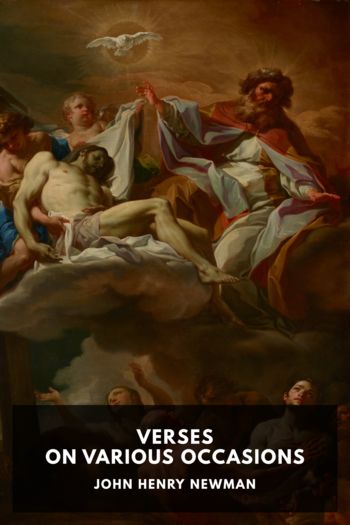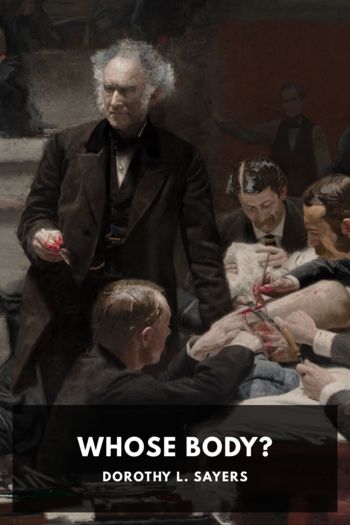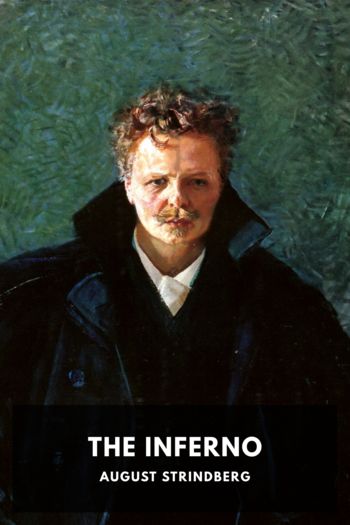The Divine Comedy, Dante Alighieri [best thriller novels of all time TXT] 📗

- Author: Dante Alighieri
Book online «The Divine Comedy, Dante Alighieri [best thriller novels of all time TXT] 📗». Author Dante Alighieri
↩
The Athenian convert of St. Paul. Acts 17:34:—
“Howbeit, certain men clave unto him, and believed; among the which was Dionysius the Areopagite.”
Dante places him among the theologians in the Heaven of the Sun. See Canto X 115:—
“Near by behold the lustre of that taper,
Which in the flesh below looked most within
The angelic nature and its ministry.”
To Dionysius was attributed a work, called The Celestial Hierarchy, which is the great storehouse of all that relates to the nature and operations of Angels. Venturi calls him “the false Areopagite”; and Dalbaeus, De Script. Dion. Areop., says that this work was not known till the sixth century.
The Legenda Aurea confounds St. Dionysius the Areopagite with St. Denis, Bishop of Paris in the third century, and patron saint of France. It says he was called the Areopagite from the quarter where he lived; that he was surnamed Theosoph, or the Wise in God; that he was converted, not by the preaching of St. Paul, but by a miracle the saint wrought in restoring a blind man to sight; and that “the woman named Damaris,” who was converted with him, was his wife. It quotes from a letter of his to Polycarp, written from Egypt, where he was with his friend and fellow-student Apollophanes, and where he witnessed the darkening of the sun at the Crucifixion:—
“We were both at Heliopolis, when suddenly we saw the moon conceal the surface of the sun, though this was not the time for an eclipse, and this darkness continued for three hours, and the light returned at the ninth hour and lasted till evening.”
And finally it narrates, that when Dionysius was beheaded, in Paris, where he had converted many souls and built many churches, “straightway the body arose, and, taking its head in its arms, led by an angel, and surrounded by a celestial light, carried it a distance of two miles, from a place called the Mount of Martyrs, to the place where it now reposes.”
For an account of the Celestial Hierarchy, see Note 1443. ↩
St. Gregory differed from St. Dionysius in the arrangement of the Orders, placing the Principalities in the second triad, and the Virtues in the third. ↩
St. Paul, who, 2 Corinthians 12:4, “was caught up into paradise, and heard unspeakable words, which it is not lawful for a man to utter.” ↩
The Primum Mobile, or Crystalline Heaven, continued.
The children of Latona are Apollo and Diana, the Sun and Moon. ↩
When the Sun is in Aries and the Moon in Libra, and when the Sun is setting and the full Moon rising, so that they are both on the horizon at the same time. ↩
So long as they remained thus equipoised, as if in the opposite scales of an invisible balance suspended from the zenith. ↩
God, whom Dante could not look upon, even as reflected in the eyes of Beatrice. ↩
What Dante wishes to know is, where, when, and how the Angels were created. ↩
Every When and every Where. ↩
Dante, Convito, III 14, defines splendor as “reflected light.” Here it means the creation; the reflected light of God.
Job 38:7:—
“When the morning stars sang together, and all the sons of God shouted for joy.”
And again, 35:—
“Canst thou send lightnings, that they may go, and say unto thee, Here we are?”
↩
Thomas Aquinas, Summa Theologica, I Quaest. LXI 3:—
“The angelic nature was made before the creation of time, and after eternity.”
↩
In the creation of the Angels. Some editions read nove Amori, the nine Loves, or nine choirs of Angels. ↩
Genesis 1:2:—
“And the Spirit of God moved upon the face of the waters.”
↩
Pure Matter, or the elements; pure Form, or the Angels; and the two conjoined, the human race.
Form, in the language of the Schools, and as defined by Thomas Aquinas, is the principle “by which we first think, whether it be called intellect, or intellectual soul.” See Note 1260. ↩
Genesis 1:31:—
“And God saw everything that he had made, and, behold, it was very good.”
↩
The Angels. Thomas Aquinas, Summa Theologica, I Quaest. L 2, says:—
“Form is act. Therefore whatever is form alone, is pure act.”
For his definition of form, see Note 2006. ↩
Pure matter, which is passive and only possesses potentiality, or power of assuming various forms when united with mind.
“It is called potentiality,” comments Buti, “because it can receive many forms; and the forms are called act, because they change, and act by changing matter into various forms.”
↩
The union of the soul and body in man, who occupies the intermediate place between Angels and pure matter. ↩
This bond, though suspended by death, will be resumed again at the resurrection, and remain forever. ↩
St. Jerome, the greatest of the Latin Fathers of the Church, and author of the translation of the Scriptures known, as the Vulgate, was born of wealthy parents in Dalmatia, in 342. He studied at Rome under the grammarian Donatus, and became a lawyer in that city. At the age of thirty he





Comments (0)